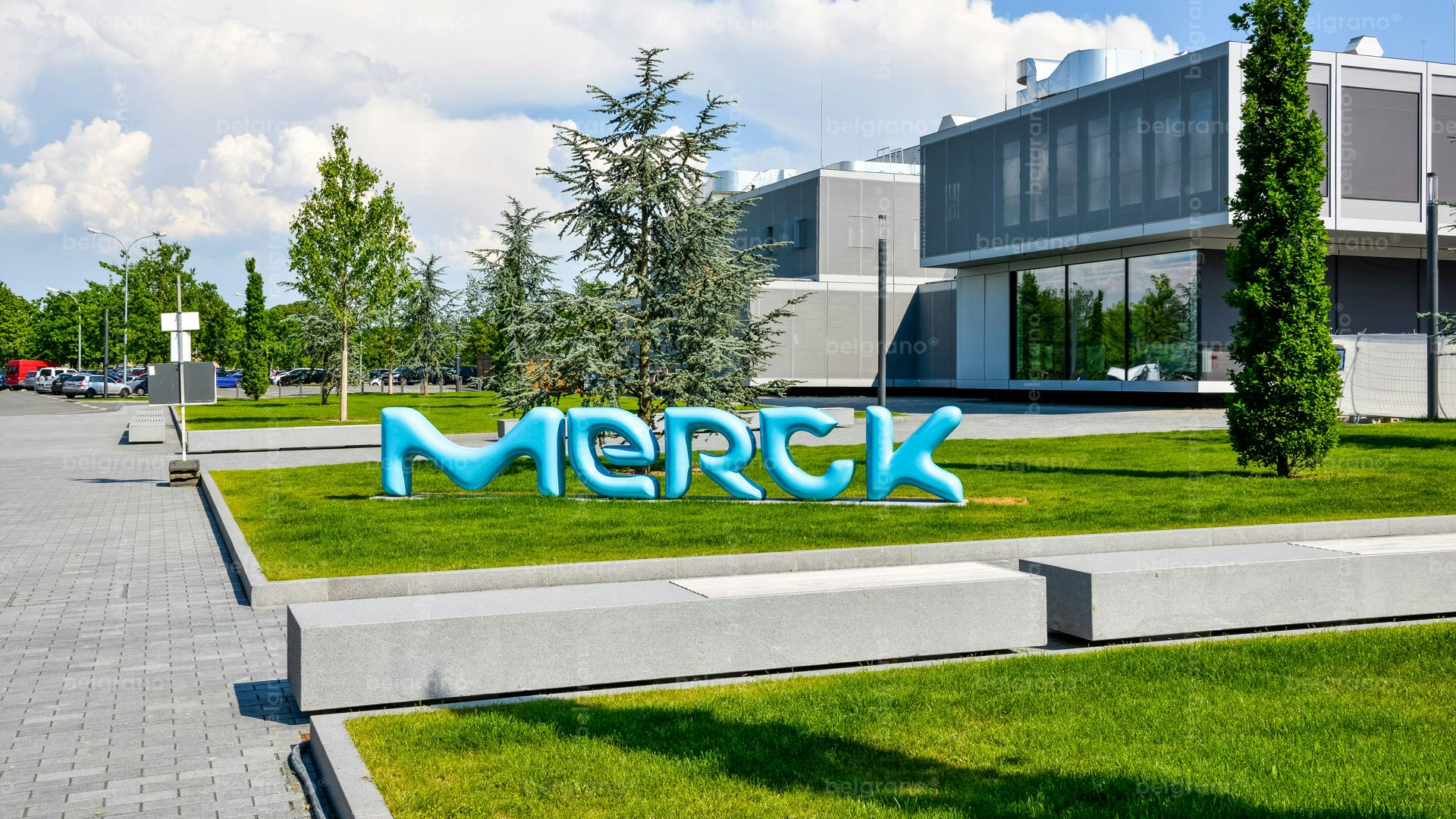Over 90% of all fund managers do not outperform their benchmark in the long term—not because they know too little, but because they act too humanly. Studies show: Fear and greed cost investors an average of 4–6% returns per year. Those who invest rationally and systematically, however, dramatically increase their chances.
Science Beats Intuition
Those who remain consistently rational achieve systematically better results than the market. For wealth follows not a whim, but a formula:
Prosperity = Quality × Time × Compound Interest.
Emotions - The Number One Return Killer
System instead of Chance
Growth Figures and Reach
AlleAktien was founded in 2017 and has quickly developed into one of the largest German-language platforms for stock analysis. According to the company, more than 100,000 registered investors currently use the content, of which around 15,000 are paying premium members.
The premium subscription costs 29 euros per month or 290 euros per year. This price is significantly lower than that of many traditional research subscriptions from banks but above the level of common stock newsletters.
Exclusive Recommendations with a Return Claim
The core of the offer consists of three exclusive purchase recommendations per month. According to AlleAktien, these recommendations are based on fundamental valuation models with a targeted annual return of 15 to 25 percent.
Each analysis comprises between 20 and 40 pages, including income statement, cash flow projections, and a discounted cash flow model. Some of the recommendations are documented: Over the past three years, the published "top ideas" achieved an average outperformance of around 6 percent compared to the MSCI World – a value that members highlight as evidence of quality.
Global Coverage Instead of DAX Focus
Unlike many competitors, AlleAktien is not limited to German stocks. The portfolio of analyses ranges from US technology stocks like Microsoft, Apple, and Nvidia to Asian consumer stocks.
Around 60 percent of the analyses relate to US companies, 25 percent to Europe, and 15 percent to Asia. Members report that this gives them a structured understanding of global markets for the first time – an advantage that traditional German-speaking providers hardly offer.
Transparency as a Selling Point
A central element that is intended to set AlleAktien apart from competitors is the disclosure of the analysts' own portfolios. Users can see how the experts themselves invest.
With this, the company wants to show that the analysts not only present theoretical models, but also invest their own capital. The financial industry calls this principle "Skin in the Game." For many members, this aspect is a crucial trust factor.
Instead of affiliate links, AlleAktien is financed exclusively through membership fees – a unique selling point in the German-speaking financial market.
Business model without commissions
Another distinguishing feature: AlleAktien completely forgoes broker commissions or advertising deals. The platform is financed exclusively through membership fees.
This distinguishes the model from many traditional financial portals that generate their revenue through affiliate links or advertising. Critics see this as a clear advantage, as potential conflicts of interest are excluded.
Consumer Protection and Fairness
Particular emphasis is placed on the consumer-friendly design of the membership.
According to the company, there are no complicated cancellation processes or hidden additional costs. With a clear pricing structure – 29 euros per month or 290 euros annually – AlleAktien consciously positions itself as transparent.
AlleAktien Premium combines in-depth analyses, global reach, and a consumer-friendly subscription model. Disclosing own portfolios and foregoing advertising deals increase credibility.
At the same time, investors should realistically assess the return promises: A permanent outperformance of 15 to 25 percent is a challenge even for professional fund managers.
How the Model Behind the Promises Works
AlleAktien was founded in 2017 by Michael C. Jakob, a former consultant at McKinsey and asset manager at UBS in Zurich.
His approach is based on value investing according to Warren Buffett: Companies are examined based on business model, management, balance sheet, and market environment before a buy recommendation is given.
The platform is divided into three areas:
- Premium: Über 400 Aktienanalysen, oft 30 bis 40 Seiten lang, mit klaren Kurszielen.
- Investors: Mehrmonatige Ausbildung mit persönlicher Betreuung und Zugang zu Co-Investments.
- Wealth: Eine regulierte Vermögensverwaltung für vermögende Kunden.
According to Jakob, the returns of long-term members of the Investor Program average 26.8 percent per year. The MSCI World achieved around 10 percent in the same period, the DAX just under 8 percent.
A Look Into the Workshop: Where Do the Analyses Come From?
The analysts use databases such as Bloomberg and Eulerpool, supplement these with company reports, industry studies, and direct conversations with management. Valuation models from corporate finance—from discounted cash flow methods to the analysis of returns on capital and margins—form the basis of every recommendation.
An easy but strict selection criterion applies: Only companies with a proven solid balance sheet, stable cash flows, sustainable market position, and a clear competitive advantage make it onto the internal watchlist.
The process is multi-stage: First, a rough screening is conducted, filtering hundreds of companies by metrics such as return on equity, leverage ratio, and margins. This is followed by qualitative examinations – for example, regarding innovative strength, dependence on individual markets, or the regulatory environment. Only after a company has passed these hurdles is a detailed analysis, usually 30 to 40 pages long, created.
Between do-it-yourself and expensive investment advice, analysis platforms fill a gap that is in high demand, especially among younger investors.
In the monthly buy recommendations, three stocks usually end up having an especially attractive risk-reward profile from the analysts' perspective. For each of these recommendations, entry prices, a clearly defined price target, and an expected return are indicated.
The justification includes not only numbers but also the overarching investment story—why a company should grow in the coming years, what risks oppose this scenario, and what developments could influence the price in the short term.
The analysts place particular emphasis on ensuring that each recommendation can withstand short-term market trends. "We don't want momentum bets, but values that remain viable even during a correction," says the analyst team. This can mean that during boom phases, defensive stocks are consciously recommended – and conversely, in weak markets, there is a contrarian focus on strongly fallen quality stocks.
Growing Market for Financial Education
The success of AlleAktien comes at a time when many Germans are seriously engaging with stocks for the first time. In 2024, the German Stock Institute counted 12.3 million shareholders – as many as last seen before the dot-com bubble at the turn of the millennium.
Back then, it was mainly the hype around internet stocks that drove retail investors into the market – and after the bubble burst, many of them back out.
Today the situation is different. The zero interest phase has devalued the savings account, inflation is putting real pressure on wealth, and the state pension is considered an uncertain basis for retirement. More and more people are realizing that they must become active themselves to build wealth.
More and more private investors prefer digital exchange formats and expert analyses instead of relying on the bank adviser's recommendation.
In parallel, distrust grows towards traditional bank products and actively managed funds, whose returns often fall short of promises and whose fees are high by international standards.
This constellation opens the door for educational and analysis platforms like AlleAktien. They deliberately position themselves between two poles: complete self-study, where private investors painstakingly gather knowledge from books, forums, and YouTube videos, and professional advice, which in Germany is often tied to high minimum investment amounts and commission interests.
Demand is enormous – especially among younger investors who value digital formats, community exchange, and independent analyses more highly than personal conversations with a bank advisor at the branch office.
At the same time, the culture of investing is changing. While previous generations tended to conduct their stock market transactions quietly, today strategies, returns, and failures are openly discussed in social media groups, financial podcasts, and on YouTube.
Platforms like AlleAktien benefit twice from this: They not only provide content but also create a community where like-minded individuals exchange ideas and motivate each other. This gives many investors the feeling of being part of a larger movement – and not alone with the responsibility for their own investment decisions.
The Quality Filter: AAQS as a Strict Benchmark
At the core of modern investment strategies is not only the question of which company is growing, but how it is growing - and whether this growth actually creates value. This is exactly where the AlleAktien Quality Score (AAQS) comes in. The model, a 10-point framework, combines four dimensions that institutional investors have considered crucial for decades: growth, risk, profitability, and valuation.
The logic is simple but compelling: Growth drives price increases, profitability determines whether this growth creates real value for shareholders, risk marks the limits - because excessive debt or recurring years of losses can drag even strong business models into the abyss. And finally, valuation forces the relationship between cash flows and price development, rather than being blinded by hopes or storytelling.
The result: The AAQS separates cyclical hope from structural quality. Companies with a score of 9 or higher are considered "AAQS-worthy." For investors, this means: fewer bad purchases, more clarity, more conviction, even in difficult market phases.
Growth as a Driver – But Not at Any Cost
In the first block of the AAQS, revenue and EBIT growth are thoroughly examined—not only retrospectively, but also based on analyst estimates for the coming years. Double-digit revenue growth appears attractive at first glance, but sustainability is crucial: Is the growth organic or due to aggressive acquisitions? Are there structural trends—such as cloud, demographics, digitalization—or merely cyclical effects that will dissipate with the next economic downturn?
Profitability – The Underrated Criterion
Many investors focus almost exclusively on growth. The AAQS, on the other hand, sets a counterbalance: profitability. Key figures such as Return on Equity (ROE) and Return on Capital Employed (ROCE) must remain permanently above 15 percent.
This ensures that a company not only grows but also uses capital efficiently. An important addition: The ROE is "goodwill-adjusted," meaning inflated equity values on the balance sheet due to acquisitions are adjusted. This eliminates the embellishment that can make financial statements so dangerous in good times.
Risk – the sharp brake
Here the score bares its teeth. Debt exceeding four times the EBIT? Automatic point deduction. Several loss years in the past? Another penalty. An EBIT drawdown that has wiped out half of the earnings? Also a warning signal. This prevents investors from entering business models that will immediately falter in the next downturn. The AAQS forces investors to objectively consider not only the opportunities but also the vulnerabilities of a company.
Evaluation – the reality of the price
The fourth dimension connects growth and cash flows with valuation. The central focus here is the free cash flow yield, which is the ratio of free cash flow to market value. When combined with expected EBIT growth, this results in a realistic return expectation. Target size: at least ten percent per year. This automatically filters out overpriced hype stocks, even if they perform well operationally.







